By Brennan Heyde | April 14, 2023
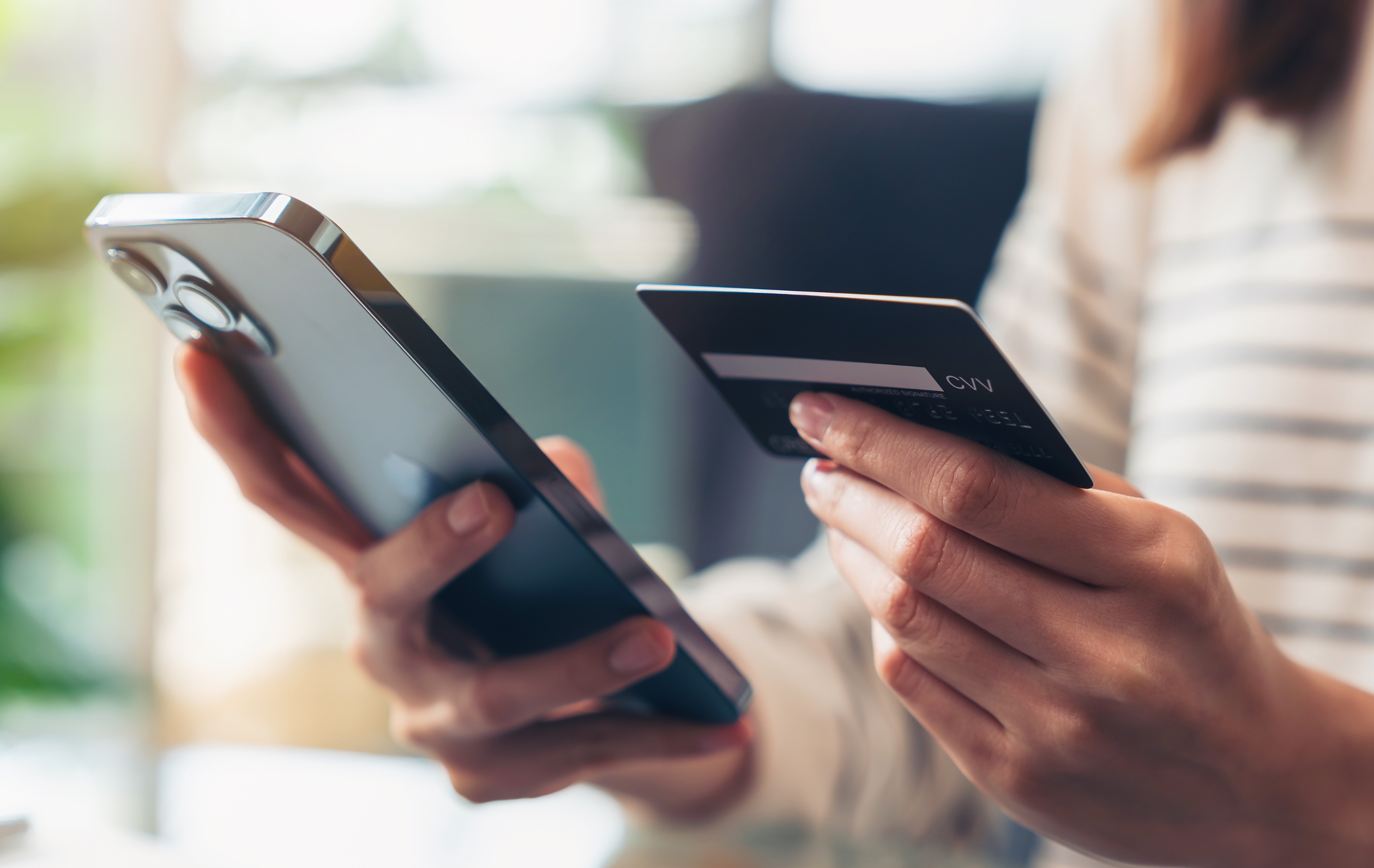
See why top ecommerce brands use Miva’s no-code platform to run
multiple stores, manage massive catalogs, and grow their revenue.
The yellow PayPal button is one of the most recognizable payment calls-to-action across the web today. And there is a good reason: according to BuiltWith, it’s currently used by more than 7 million ecommerce sites worldwide. If you’re a Business to Consumer (B2C) focused ecommerce website and you’re not offering 3rd party checkout solutions such as PayPal Express Checkout, you’re leaving money on the table—both from higher average order value, because there is more trust there, and from higher checkout conversion rates, which come from a better checkout experience.
PayPal is a one of the internet’s first payment companies, started in 1998, it has proven it’s here to stay for the long term. Some fun facts about PayPal history includes some names you’ll likely recognize:
PayPal was founded in December 1998 as Confinity by Max Levchin ( who went on to start Affirm), Peter Thiel, and Luke Nosek. Initially, Confinity focused on security software for handheld devices. In March 2000, Confinity merged with X.com, an online banking company founded by Elon Musk (Space X, Tesla, now Twitter). Later in 2000, X.com was renamed PayPal, and the company shifted its focus to become a digital payment platform. In 2002, PayPal went public, and eBay acquired it later that same year. PayPal was later spun out into an independent company in 2015.
I mention PayPal’s history and length they have been around the web because that is one of their biggest selling points: trust.
PayPal is a widely recognized and trusted payment platform. By offering PayPal Express Checkout, you can instill confidence in your customers, making them more likely to complete their purchase. This is especially true for new customers who may not know your website or brand. I know this is true for me when I’m purchasing online. If I’m shopping a brand-new site, I’ll tend to default to using PayPal Express Checkout since it does not require me to trust the site or the brand. I just need to trust PayPal to ensure my payment data is safe.
It’s likely that you’re already familiar with PayPal Express Checkout and like me, you’ve used it to make your own purchases across the web. However, what you may not be familiar with is that the checkout experience has been completely revamped and it’s really slick. PayPal has spent a lot of time and money to reduce friction in the buying process. Historically, the process you’ve likely experienced went like this:
While this process works, it requires the customer to go to PayPal then back to the ecommerce website to complete the purchase.
Now, with the latest PayPal Express Checkout, the entire checkout happens inside of the PayPal modal window. Thanks to the deep integration Miva has via its PayPal Commerce Platform plugin, PayPal is able to call back to Miva to load shipping methods for the basket, as well as calculate sales tax. These are the exact same shipping methods as if the customer was using a standard checkout in the order which you set in Miva.
This makes it possible for the customer to complete the entire checkout in a few clicks, without leaving PayPal. Anytime you can reduce the steps in a checkout flow you’re going to get higher conversion rates.
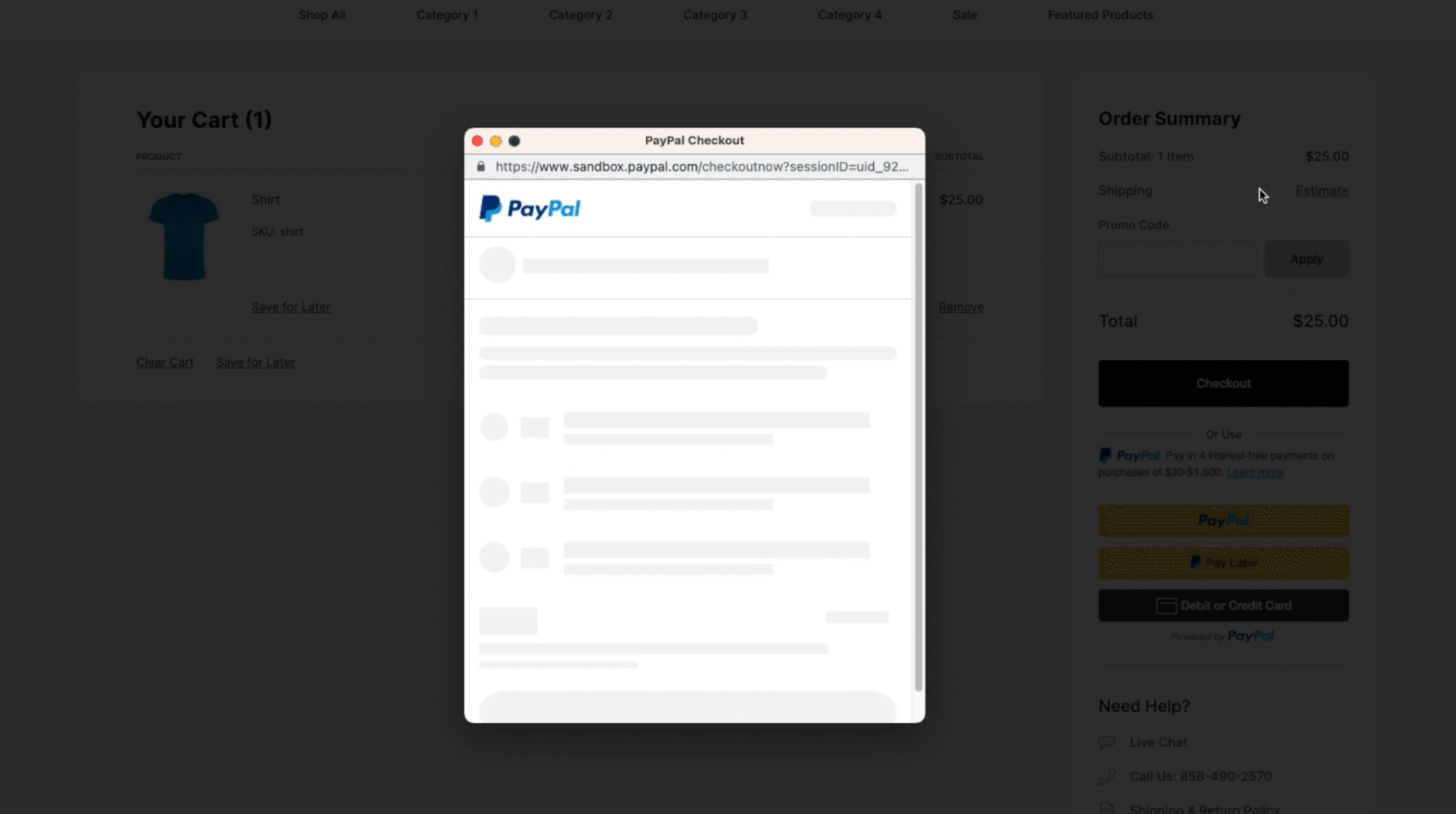
By providing customers with a trusted, convenient, and user-friendly payment option, you can increase your website's conversion rates, leading to higher sales.
PayPal is constantly looking at ways to optimize this process even further. One of the biggest hurdles with PayPal is requiring the customer to login to their PayPal account. To address this, PayPal has introduced PayPal OneTouch. It allows the customer to opt-in to staying logged into their PayPal account, so after they login once they will stay logged in for any site they use PayPal on. Behind the scenes, PayPal is using cookies for device recognition, so this will work on the same browser/device you initially set it up on.
The end result is a faster checkout process for your customers who choose to enable this feature.
Another newer feature all Miva Merchants can take advantage of is the ability to allow customers to purchase directly from the Product Page. This new feature is designed for quick buying of a single product and can be really useful when sending ads or email campaigns directly to product pages.
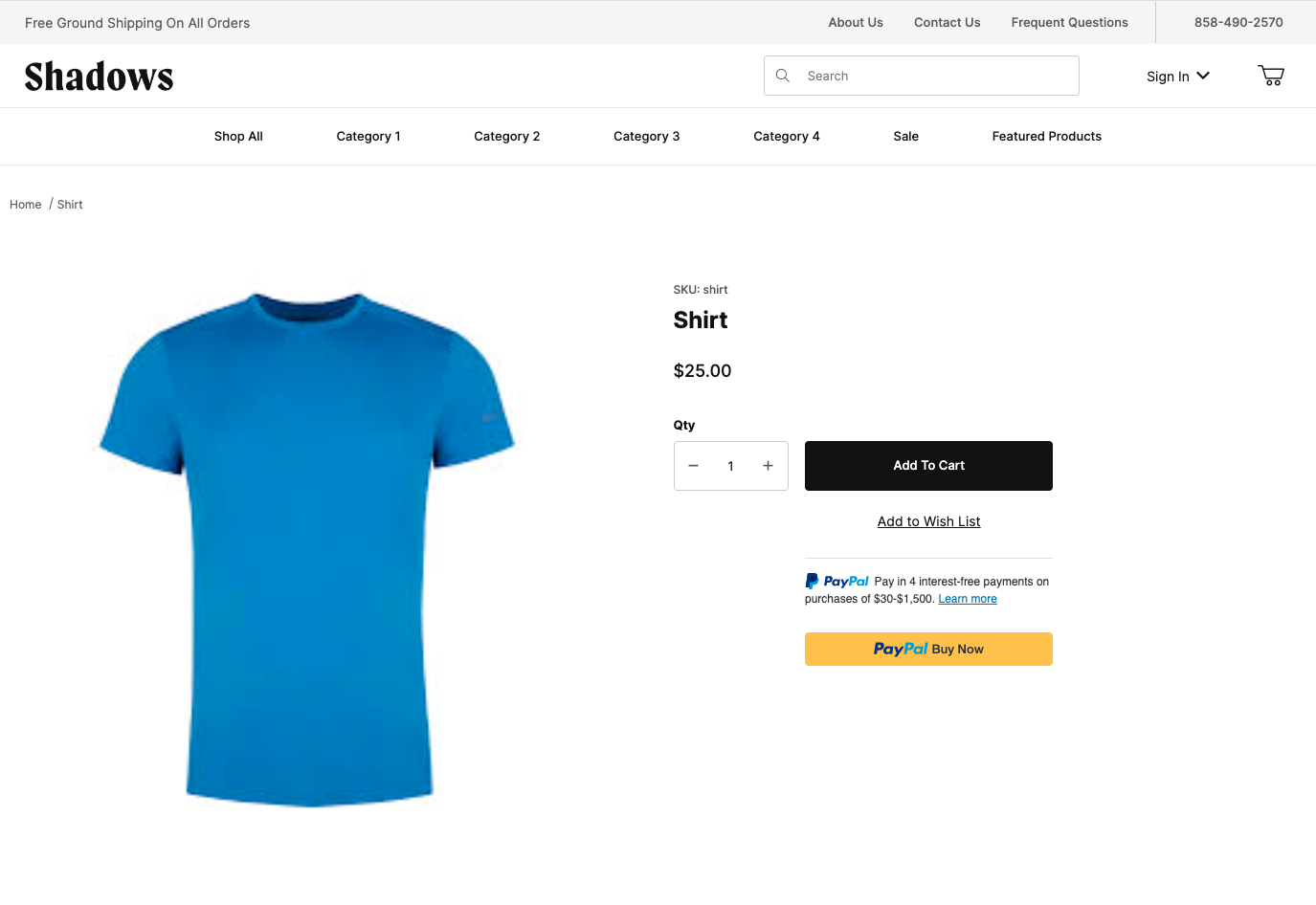
When using this buying method, the basket contents are ignored and only the item the customer is currently looking at will be purchased. Imagine this scenario: You’re buying ads on Facebook and Google to send customers directly to one of your best-selling products. You then detect that the customer came in from one of these ads and conditionally display the PayPal Buy Now button in addition to the Add to Cart button. The customer can then buy this product using PayPal Express Checkout in a few clicks. No long checkout process and fewer customer decisions leads to higher conversion rates.
Don’t just take my word for it—get the data to prove it. Because of the power and flexibility Miva provides, anything can be A/B tested. And this is a great place to start. Here are the questions you should be asking:
Google provides some free A/B testing tools, via Google Optimize which leverages Google Analytics Data and makes it simple to conduct these types of tests to get the data you need to help you make confident decisions.
In Miva, you can setup multiple versions of the same page by leveraging conditionals in the templates. This allows you to have URL Parameters that determine which version of the page customers are going to see (examples):
https://www.mystore.com/product-page.html?v=1
https://www.mystore.com/product-page.html?v=2
Google will then split your traffic and tell you which version of the page had a higher conversion rate and AOV.
Miva’s new PageBuilder is a no-code way to create and modify pages in Miva. With Miva's website builder, knowledge of HTML/CSS is not required for creating unique, beautiful, standards-compliant shopping experiences which connect with shoppers and deliver results. Responsive PageBuilder components are the versatile building blocks of outstanding website pages. PageBuilder allows you to select and configure banners, sliders, carousels, images, text, video, and more. There is also a flexible Rich Text Editor that can be used to control the output of things like Smart Buttons on certain pages. Here is an example of controlling the PayPal Credit Banners on the Storefront page via Miva’s PageBuilder:
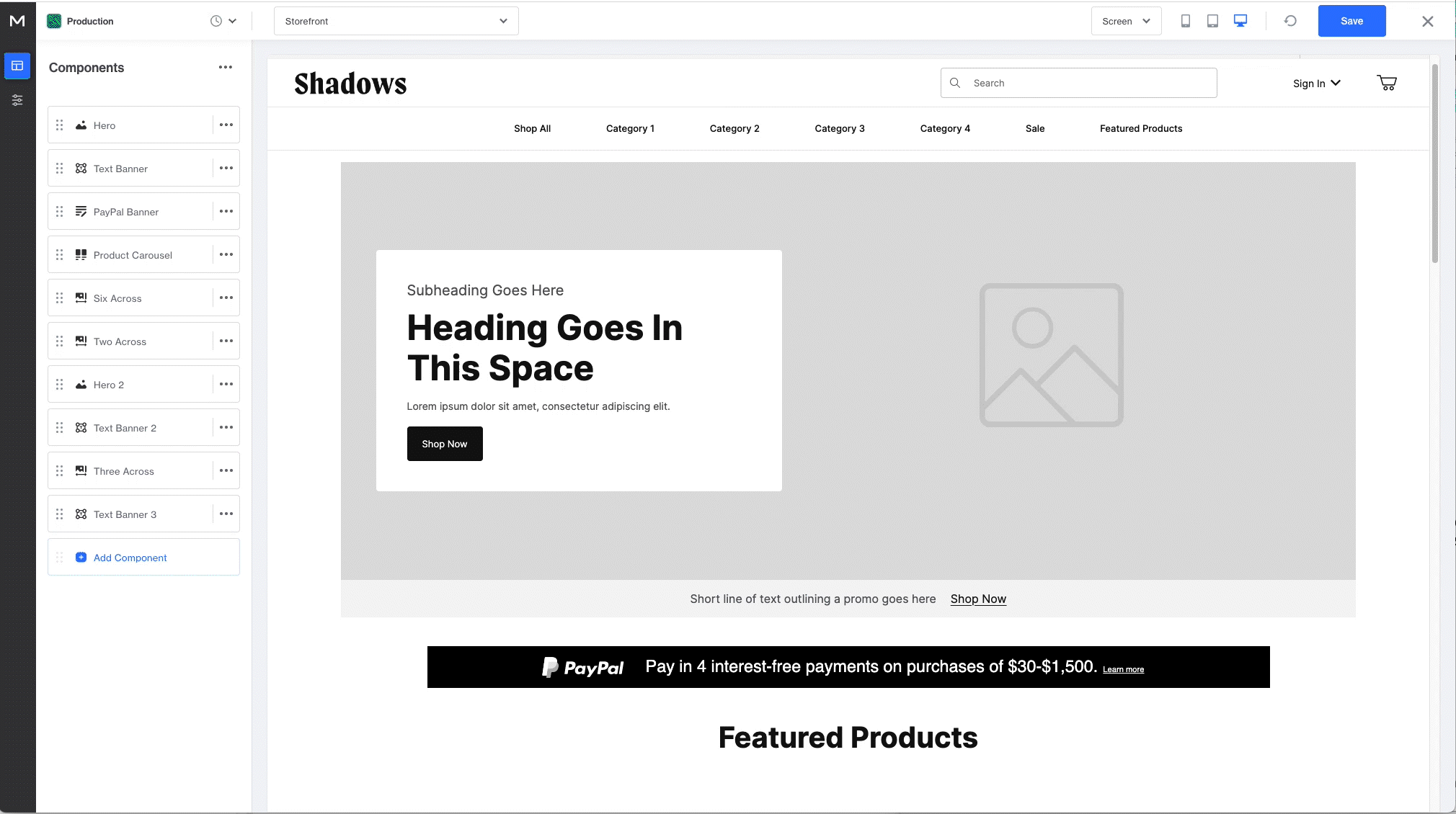
Point. Click. Done.
The ability to offer Buy Now Pay later solutions via PayPal Credit is built into the Express Checkout experience. This option is automatically presented to the customer, but can be turned off if you don’t wish to use them.
If the customer’s location supports it, Pay in 4 offers will be presented. This allows the customer to split their payment into 4 scheduled payments. As the merchant, you receive the full payment up front just like a regular payment, and PayPal is responsible for collecting the remaining payments via monthly installments.
Miva provides informational banners which can be used on different pages to let the customer know which payment terms are available to them.
Venmo is also included with PayPal Checkout on your Miva store at no additional cost. As one of the most popular online payment brands, Venmo helps you win more sales among its active base of over 80 million users.
PayPal Express Checkout is the industry-leading third-party checkout solution. It is easy to implement for any Miva store and will help you increase sales and drive business growth.
Interested in getting PayPal Express Checkout setup for free on your Miva store? Contact bheyde@miva.com to learn more.
Katy Ellquist, Miva’s Digital Marketing Strategist, is an accomplished writer, marketer, and social media analyst who has created sophisticated content campaigns for a broad range of professional clients. She brings to Miva a complex understanding of ecommerce trends and techniques, building upon extensive digital agency experience and a prior role as direct liaison to Miva’s top accounts. Katy is a regular contributor to the Miva blog, covering essential ecommerce topics like design & development strategy, site optimization, and omnichannel selling, with the goal of increasing the actionable knowledgebase of the entire Miva community.
Love it? Share it!
No worries, download the PDF version now and enjoy your reading later...
Download PDF Brennan Heyde
Brennan Heyde
Brennan Heyde is the VP of Payments & Strategic Partners at Miva. His goal is to help Miva customers increase revenue through payments and solve important customer problems via integrations Miva supports.
Visit Website